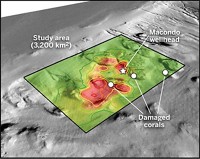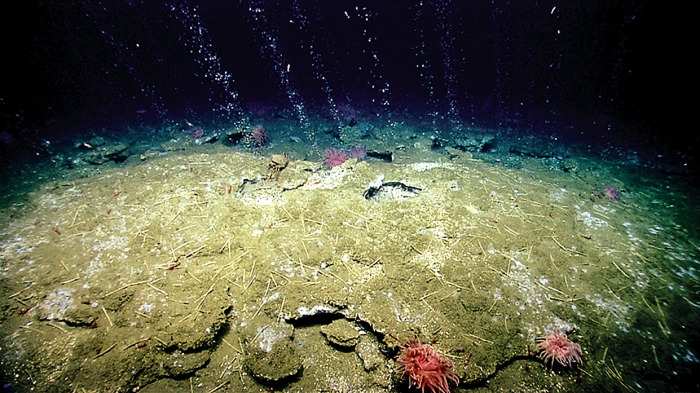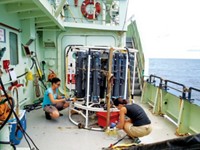Advertisement
Grab your lab coat. Let's get started
Welcome!
Welcome!
Create an account below to get 6 C&EN articles per month, receive newsletters and more - all free.
It seems this is your first time logging in online. Please enter the following information to continue.
As an ACS member you automatically get access to this site. All we need is few more details to create your reading experience.
Not you? Sign in with a different account.
Not you? Sign in with a different account.
ERROR 1
ERROR 1
ERROR 2
ERROR 2
ERROR 2
ERROR 2
ERROR 2
Password and Confirm password must match.
If you have an ACS member number, please enter it here so we can link this account to your membership. (optional)
ERROR 2
ACS values your privacy. By submitting your information, you are gaining access to C&EN and subscribing to our weekly newsletter. We use the information you provide to make your reading experience better, and we will never sell your data to third party members.
Biological Chemistry
Cyanobacteria May Feed Populations Of Oil-Degrading Microbes In The Ocean
Environment: Photosynthetic microbes could produce alkanes on par with oil-producing nations
by Michael Torrice
October 8, 2015
| A version of this story appeared in
Volume 93, Issue 40

After the Deepwater Horizon disaster in 2010, microbes in the Gulf of Mexico devoured a major portion of the hydrocarbons released by the gushing deep-sea well. A new study offers an explanation for what bacteria like these might live off of in the absence of a massive oil spill: alkanes produced by photosynthetic cyanobacteria.
“People have known for a while that bacteria play a large role in breaking down oil spills,” says David Lea-Smith of the University of Cambridge, who led the research. “This study gives a hypothesis for why those bacteria are there.”
Scientists have known that cyanobacteria, also known as blue-green algae, can synthesize hydrocarbons. In the new study, Lea-Smith and colleagues at the University of Warwick and MIT estimated the microbes’ global hydrocarbon production.
They grew cultures of the two most abundant cyanobacteria genera in oceans, Prochlorococcus and Synechococcus, and then measured the amounts of hydrocarbons produced per cell. The cyanobacteria mainly generated the straight-chain hydrocarbons pentadecane, heptadecane, and 8-heptadecene.
Using ocean population data for Prochlorococcus and Synechococcus, the team estimated that cyanobacteria produce up to 800 million tons of hydrocarbons every year (Proc. Natl. Acad. Sci. USA 2015, DOI: 10.1073/pnas.1507274112). In comparison, the U.S. produced about 700 million tons of petroleum and other hydrocarbon liquids in 2014, the most of any nation that year, according to the U.S. Energy Information Administration.
The researchers also demonstrated that hydrocarbon-degrading bacteria could live and grow on low levels of heptadecane, leading the scientists to propose that these microbes could survive on the alkanes produced by cyanobacteria.
David L. Valentine, a biogeochemist at the University of California, Santa Barbara, who studied the biodegradation of oil during the Deepwater Horizon disaster, thinks the study’s conclusions are intriguing. But he points out that oil-degrading bacteria also break down complex types of hydrocarbons in oil, so there must be non-cyanobacteria sources of those types of molecules in the ocean, such as natural oil seeps.





Join the conversation
Contact the reporter
Submit a Letter to the Editor for publication
Engage with us on Twitter